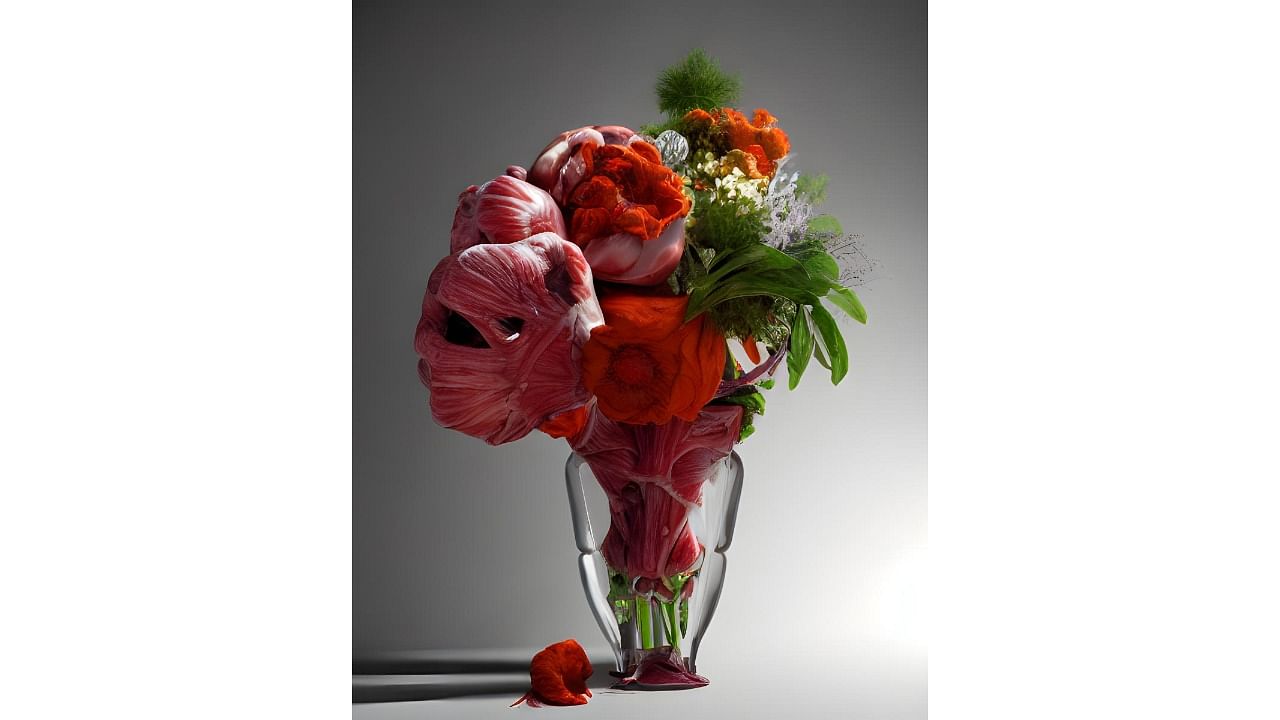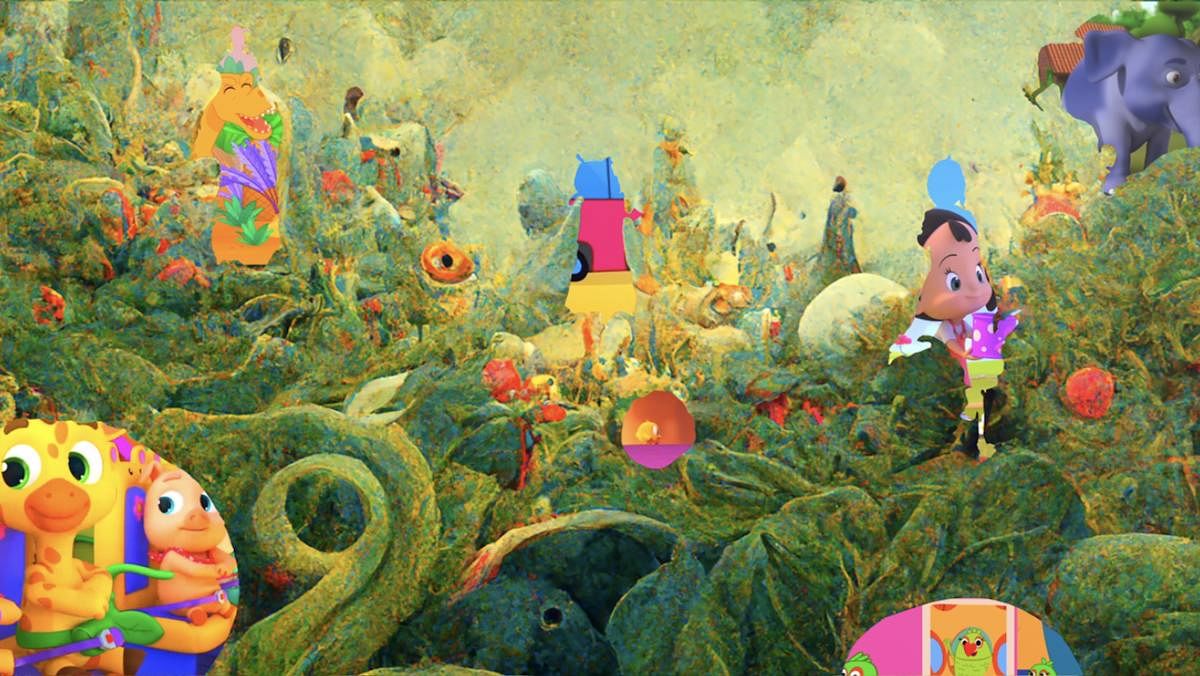

On Dall.E, the now open-source Artificial Intelligence (AI) system that generates art from the prompts you feed it, one of the most popular phrases is ‘Schrödinger’s cat’. In its simplest terms, Schrödinger’s cat illustrates a contradiction, a predicament with uncertain consequences. It is satisfyingly apt that a thought experiment used to reference a paradox is a popular keyword in an AI-art platform. For generative artificial intelligence is creating the kind of churn and uncertainty in the art world that was perhaps last witnessed when photography became big and artists worried paintings would be obliviated.
But the fact is, artists have always thrived in uncertain or ‘interesting times’, as the Chinese supposedly like to say. This year’s AI art wave is proof enough. AI-art generators are democratising art like never before, opening up new modes of artistic expression and creating avant-garde art forms such as participatory design and data-driven art. In short, they have enabled everyone with internet access to generate incredible and stunning pieces of art through simple textual prompts and keywords.
Recently, Jason Allen, a game designer in Colorado, won the first prize at the Colorado State Fair’s digital arts competition for his artwork created entirely on Midjourney (another AI-art generation tool). This sparked furious debates about what constitutes ‘real’ art (though Allen had made it clear to the jury that his work was AI-generated) and whether AI artists deserve to be feted at all.
Arnika Ahldag, chief curator at the Museum of Art & Photography (MAP), Bengaluru, says, while we cannot disregard the greyer implications of AI-generated art, there are also some impressively creative works emerging. “Art is always evolving, mediums are constantly changing — this is something artists ought to get used to. Of course, there are AI-generated artworks that I am not terribly fond of but we are witnessing extraordinary creations when artists are using AI as an enabler while still working with traditional mediums,” she says.
She mentions painters, sculptors and textile designers who have incorporated AI and employ algorithms as a seamless part of their multi-media projects. “One of our artists is exhibiting a tapestry created by an algorithm — this is part of a larger project that looks at the mental well-being of people working in content control on the internet. The artist programmed an algorithm to run through the research and the outcome is a digital image woven into a physical tapestry.”
Along with democratisation comes the question of responsibility. Nalini S Malaviya, Bengaluru-based art consultant and curator says, since AI art involves the scanning of millions of images that are available online, royalty-free and otherwise, and storing of data regarding specific objects, textures and patterns (to generate the image closest to the defined parameters), it’s easy to see why this becomes an ethical minefield.
Precisely why there has been a lot of back and forth in recent times about issues of theft, copyright, and plagiarism related to AI-generated art, not to mention dripping social media sarcasm about AI artists. Nalini feels these are simply early days. “Yes, the artwork is generated through various mechanisms, including mathematical patterns, generative adversarial networks, data visualisations, etc., but note that a human is always involved in the text or engineering prompts — the brain is his!”
Artist and data scientist Harshit Agrawal agrees. Agrawal has been working with AI art right from 2015. A graduate of the MIT Media Lab, Massachusetts, USA, his work has been nominated twice and shortlisted for the Lumen Prize. He did India’s first solo show of AI Art in 2021.
“As an artist and a tech person, I think AI art is highly relevant today because we need to look at technology beyond its efficiency and explore its emotional possibilities. When AI is influencing all aspects of our lives, why not art?”
Indeed. If anything, the AI renaissance is further evidence that art imitates life and because our life has been permeated by technology, so will art be, sooner or later. But since cats rule the internet anyway, Schrödinger’s cat might well get there first.
A seminal moment in art?
Multidisciplinary artist Raghava KK, who lives and works out of New York and Bengaluru, is one of the pioneers of AI-generated as well as participatory art. In a telephonic interview, he tells us nearly a decade ago, he created Mona Lisa 2.0 in which the viewer wears an EEG headset that measures brain waves and in turn triggers the expressions on, well, Mona Lisa’s face! In 2015, he created a new way to compose art, which is part human and part algorithm-driven, through a collaborative project SOZO — a painting machine developed by an arm of the MIT Media lab.
Last year, the NFT of his ‘phygital’ artwork (digital+physical), ‘La Petite Mort’ (part of The Orgasm Project), sold for $94,500 at a Sotheby’s auction, creating a new record for Indian artists. The work, created in collaboration with Harshit Agrawal and others, explores our relationship with love and loss and reflects on boundaries and hope.
Incidentally, Raghava says the Orgasm Project is “digitising the erotic relationship I have with my imagination”. For the artist, digital art is a means to understand ourselves better. He believes this is a seminal moment in the art space where technology is pushing artists to go beyond the boundaries they have (needlessly) set for themselves.